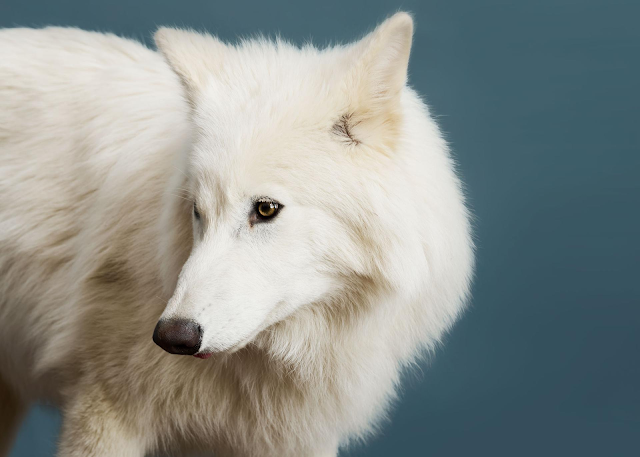A remarkable milestone in scientific history has been reached: the legendary predator known as the dire wolf (Aenocyon dirus), believed to have gone extinct 12,500 years ago, has been brought back to life through advanced biotechnology. Dallas-based company Colossal Biosciences announced that it successfully revived three healthy dire wolf pups—Romulus, Remus, and Khaleesi—using a combination of ancient DNA, cloning, and gene-editing technologies.
Inspiring the mythical wolves of the series Game of Thrones, dire wolves once roamed prehistoric North America and were feared for their size, strength, and thick fur. Larger than modern gray wolves, they possessed powerful jaws and a distinctive physical build. The successful recreation of these animals has sparked immense excitement in the scientific community.
Colossal’s CEO, Ben Lamm, stated that the achievement was made possible using DNA extracted from a 13,000-year-old tooth and a 72,000-year-old skull. Scientists used these ancient samples to reconstruct high-quality genomes, comparing them to living species like foxes, coyotes, and gray wolves to pinpoint the unique genetic traits of the dire wolf, such as its thick white coat and broad skull.
Using CRISPR technology, scientists performed 20 gene edits across 14 genes in gray wolf cells. These genetically modified cells were then inserted into dog eggs and implanted into large-breed domestic dogs acting as surrogate mothers. The result: three healthy pups, which carry significant gray wolf DNA but exhibit characteristics reminiscent of dire wolves.
Romulus and Remus were born in October last year, with their sister Khaleesi arriving three months later. The pups are currently housed in a secure, undisclosed 2,000-acre facility surrounded by three-meter-high fences. The area is monitored 24/7 by security personnel, drones, and livestream cameras. The facility is accredited by the American Humane Association and registered with the U.S. Department of Agriculture.
Colossal emphasizes that the gene-editing and cloning technologies developed for this project can also revolutionize conservation efforts. The company recently announced the successful birth of two litters of red wolf pups (Canis rufus), one of the world’s most endangered wolf species. These pups were created using a less invasive, animal-friendly cloning technique developed during the dire wolf project—one that minimizes risks for surrogate animals and improves embryo success rates.
Despite the scientific marvel, the project has also raised ethical and biological questions. Some experts doubt whether these new animals are truly "dire wolves." NewScientist suggests they are, in fact, genetically modified gray wolves with limited alterations to resemble their extinct counterparts. Moreover, it remains uncertain whether these animals could ever survive in real-world ecosystems.
Colossal’s long-term vision involves reintroducing species like mammoths and dire wolves into the wild. But experts caution that, in today's changed climate and degraded habitats, such plans may remain unrealistic for the foreseeable future.
Nevertheless, this achievement marks a groundbreaking moment in de-extinction science and conservation, opening new possibilities for protecting and reviving Earth’s lost biodiversity.


